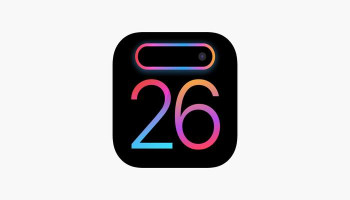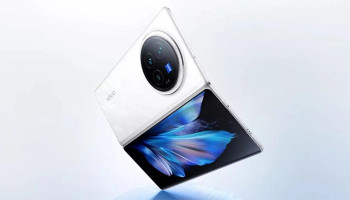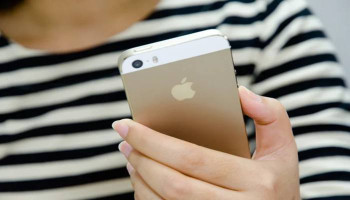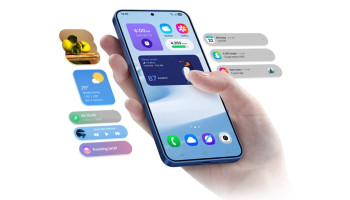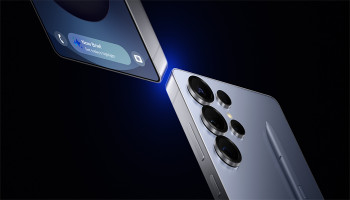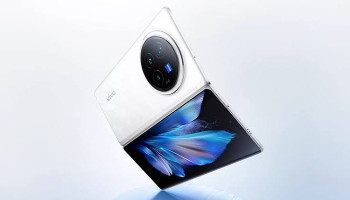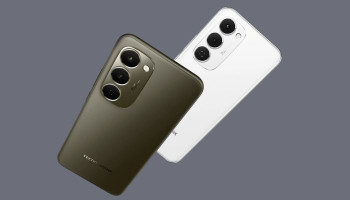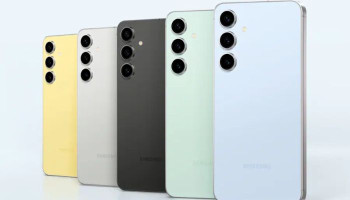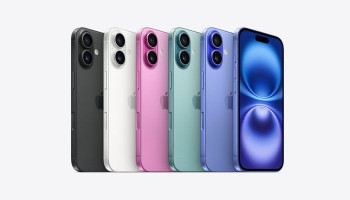
In recent years, satellite communication in smartphones has been a buzzy feature. Where once it was a feature seen as an emergency tool, it is now being used an “everyday” feature.
Apple is offering it on iPhones, whereas, Google is rumoured to offer it in the Pixel 10 series.
Reliably, tipster Digital Chat Station posted on Weibo that several Chinese smartphone manufacturers are dropping satellite communication on newer models.
This feature, after being tested on a wider range of models, is now being limited to premium versions (usually only the top memory and storage configurations). The tipster added that previous high-end models (those with 16GB RAM and 1TB storage) that offered satellite connectivity prompted poor sales and were discontinued.
These developments may cause a larger ripple effect in the global market. If Chinese mid-range devices are going to drop satellite connectivity, then the other larger Android brands will have less impetus to include the feature on lower-tier devices.
It looks like you still may have to buy a premium smartphone – in this case, the Samsung Galaxy S25 Ultra, to access satellite communication.
The technology is still slowly growing from a niche emergency feature into something more practical. Google’s upcoming “Find Hub” feature, for example, may allow users to send their location via satellite without mobile coverage.
However, until more phone makers add the feature to the devices people buy most often, satellite connectivity will remain a luxury reserved for flagship buyers.




